Buckingham Palace
- Address: London SW1A 1AA, Reino Unido
- Tags:
 What to see London,
London,
United Kingdom
What to see London,
London,
United Kingdom
- Telephone: +44 20 7766 7
Buckingham Palace
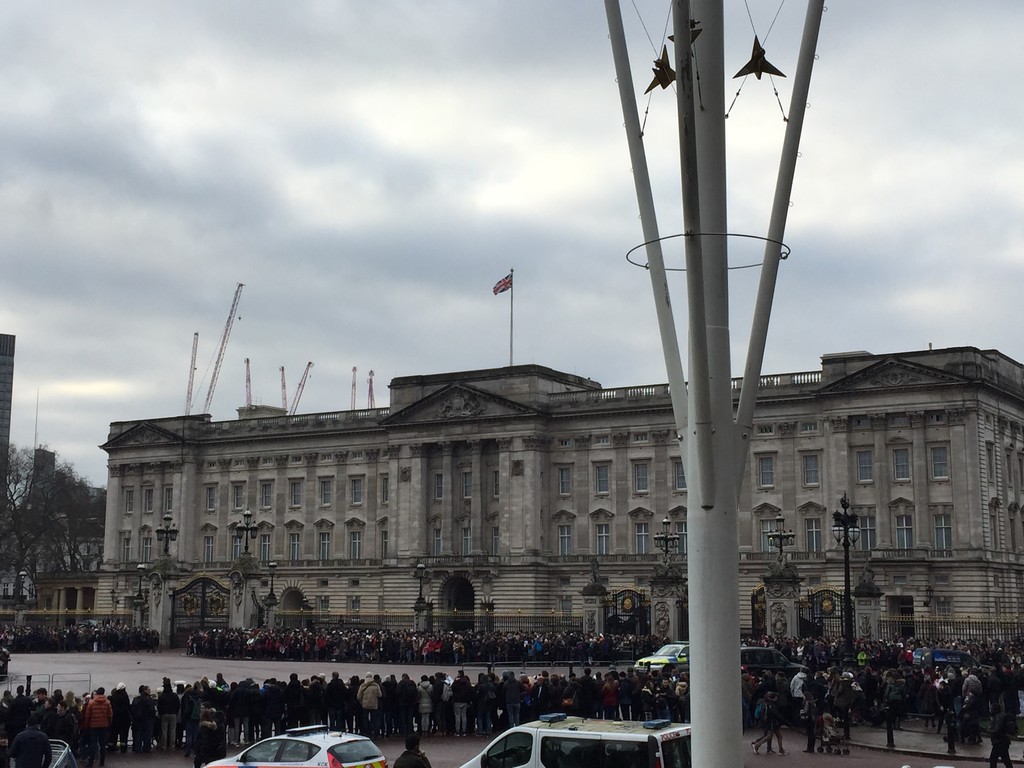
Buckingham Palace is located in Westminster, London, and is known by people all over the world for being the home of the Queen of England. It is used to host several royal occasions, entertainment and is now one of the most famous attractions in the world. However, the Buckingham Palace as we know today was once called Buckingham House, and its history dates back to more than 500 years.
The land on which Buckingham Palace is built, was once marshland of the River Tyburn, that still runs underneath the courtyard in the south part of the grounds. The owners of the land has changed numerous times in the past and owners included Edward the Confessor, Edith of Wessex, William the Conqueror and Geoffrey de Mandeville who left the site to the monks of Westminster Abbey.
The turning point for the land came in 1531 when Henry VIII acquired the property and the land where the Hospital de Santiago stood (now the Palace of St. James), along with the land owned by Westminster Abbey. This was the first time that this land was back in royal hands since William the Conqueror had it 500 years earlier.

The first house to be built on the site was completed in 1624 under the orders of Sir William Blake, although this was the beginning of a very unstable and controversial time period for the site. Legal arguments, missing documentation, failure of royal approval and confusion regarding actual ownership continued on the site for many years. However, the first major building erected on grounds of Buckingham Palace was Goring House. When it burned down in 1674, Arlington House rose on the site, which is actually the same building as the southern wing of the palace today.
In 1703, the Duke of Buckingham and Normandy decided to build a substantial house on the same land, which is still part of Buckingham Palace today. In 1761, Buckingham House was sold to George III for a mere £ 21 000, and was originally purchased as a private retreat for the royal family. As Buckingham House became a centrepiece for the Royal family in the UK, we also saw St James's Palace come to the fore as the official and ceremonial royal residence. In fact, to this day, visitors to the palace are welcomed into the Court even though they are actually visiting Buckingham Palace rather than St James.
It was not until 1837, when Queen Victoria was reigning, that Buckingham Palace became the official residence of the King. Initially, Buckingham Palace was quite chaotic with poor heating, slow staff, terrible working conditions and a dirty environment. When Queen Victoria married Prince Albert in 1840, they were commissioned to completely reorganize the staff situation in the Royal residence, which led to the emergence of Buckingham Palace as we know today.
The original building has been expanded and new areas have been added to the site. It is now home to numerous members of the Royal family and many full time staff members. The front of the building is the most recognisable part of Buckingham Palace, located opposite a shopping centre, and the famous balcony where the Queen and the rest of the Royal family greet the public.
However, the Palace was in some ways neglected after Queen Victoria was left widowed after Prince Albert passed away. The Queen stopped living in the main royal residence and moved between Windsor Castle, Balmoral Castle and Osborne House, although Buckingham Palace remained the official, focal point of the royal family.
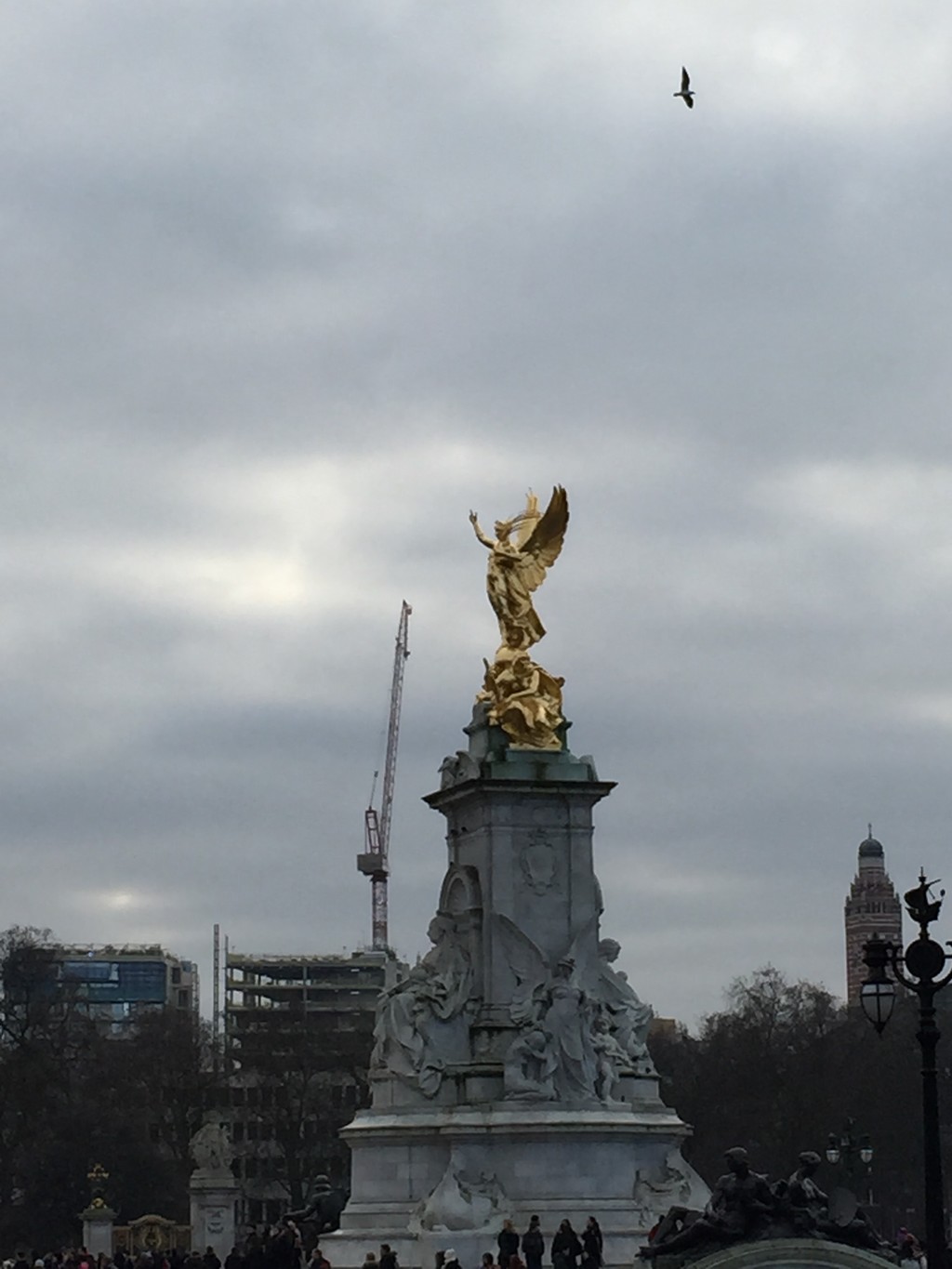
The palace itself has an area of 77 000 m², spread over a number of very impressive rooms used for a variety of functions and entertainment. Buckingham Palace also has its own gallery that contains the work of Rembrandt, Van Dyck, Rubens and Vermeer, many of which are priceless.
Oddly, the Palace features a number of state rooms named after VIP visitors who traveled from all over the world to visit the Royal family. In total, there are 19 state rooms, 52 master bedrooms, 188 staff bedrooms, 92 offices and a huge 78 bathrooms. There were a number of attempts to bomb Buckingham Palace during the First World War, but it was the Second World War which caused a number of casualties and extensive damage to the palace and the surrounding buildings.
It was thought that the Nazis believed that destructing Buckingham Palace would weaken the British nation drastically, thus making their lives much easier to take over Britain, like they had with many other European countries. However, when the Royal Chapel was destroyed in 1940, if anything, it increased the resolution of the British people and improved the relationship between the Royal family and the public in the United Kingdom, which is still visible today.
The palace's state rooms have been open to the public during August and September and on selected dates throughout the year since 1993. This was inaugurated in order to increase the income of the Royal family and thus reduce the dependence on UK taxpayers. Although the Queen technically owns Windsor Castle and Buckingham Palace, along with all of the monarch's possessions, they are held in trust for the successors of the Queen and the nation as a whole.
Apart from the millions of tourists who visit the Royal residence every year, the Queen herself has garden parties, receptions, audiences and banquets for more than 50 000 people per year.
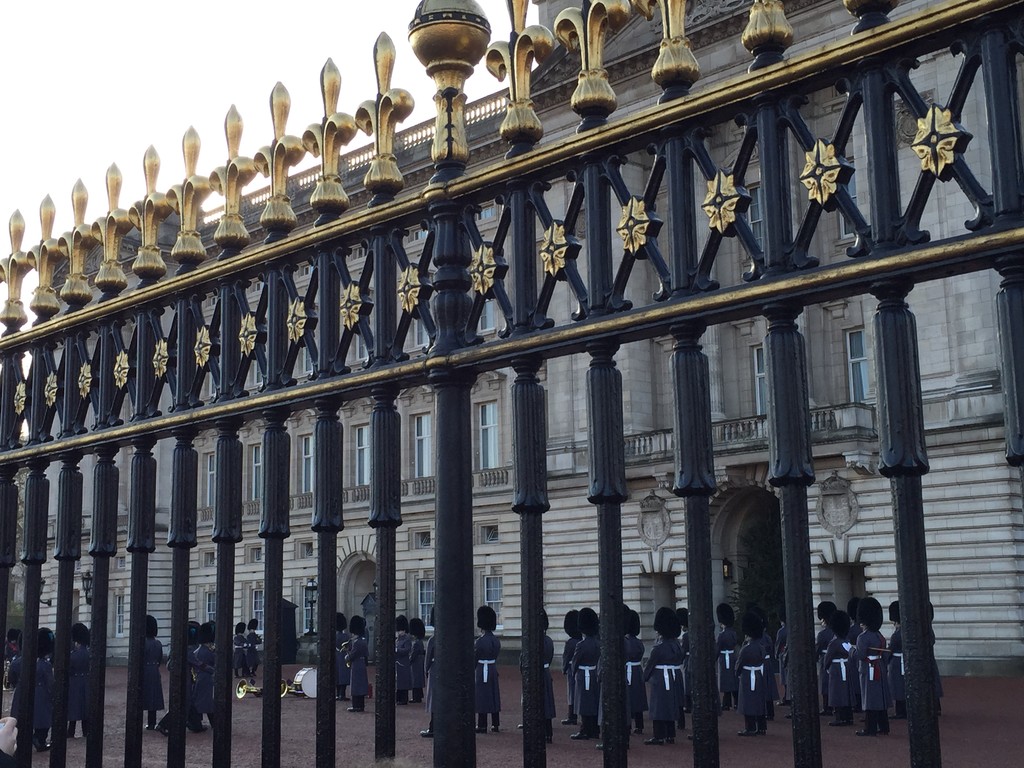
Buckingham Palace could possibly be the most famous building in the United Kingdom which literally attracts millions and millions of tourists every year from all over the world. It would be impossible to put a price on the value of Buckingham Palace in terms of its location, its history and the fact is is the Royal's principal home. It is situated in the city of Westminster, in a central point of London.
Photo gallery
Content available in other languages
- Español: Palacio de Buckingham
Buckingham Palace
Buckingham Palace is located in London and is one of the most famous buildings in the whole of England.
Buckingham Palace is the official residence of the Queen; it's a neo-classical style palace that spans 77, 000 square metres. You may also hear the palace being referred to by the name, "Buck House", which is quite common among the population. The palace is located at the far end of St James's Park; I recommend taking in the views of the palace from this park as they are beautiful, and you can also have a picnic there whilst enjoying the aforementioned views.
Due to the fact that you cannot take photos of the palace's interior, only the surrounding gardens are permitted (at least it was like this when I went), I hardly have any photos from my visit; those that I do have are only of the rear façade and the fountain.
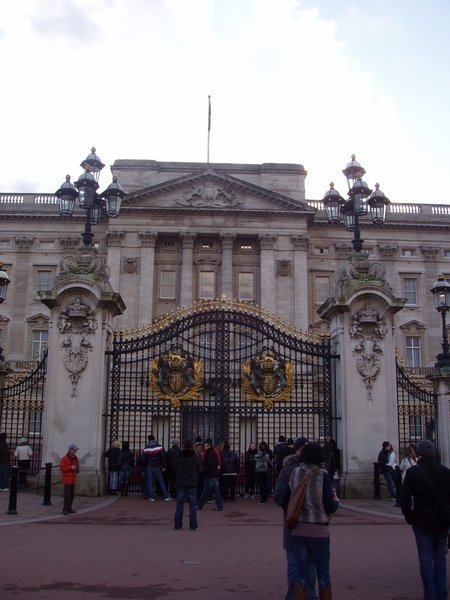
In terms of its history, it's important to know that Buckingham Palace was built by the Duke of Buckingham in 1703 - which is where the palace takes its name from - in the same place where a brothel previously was located, before subsequently being remodelled several times. Since then, it has served as the permanent residence of the British Monarchy, starting with the reign of Queen Victoria.
During the Second World War, Buckingham Palace was targeted during bombings and was hit on several occasions. One particular bomb ended up hitting the interior patio whilst the Monarchs, King George VI and his wife Isabel, were there; another would fall on top of the Royal Chapel, destroying it completely. The latter ended up forcing the Royal Family to spend a large part of wartime in Windsor Palace.
After the war, the damaged sections of the palace were restored, and it now currently is home to more than 660 rooms. The palace is actually "backwards", in other words, what we can see of it from the Mall is the rear part of the building. It's important not to be mistaken about this small detail when it comes to understanding the construction and organisation of the palace. In this area, there are always lots of tourists. In addition to this, there is also a very pretty fountain where it's tradition to throw a coin in; I remember all my friends and I throwing one in and taking the stereotypical tourist photo, of course.


The black wrought-iron gates with golden motifs are also very characteristic of the palace, and every tourist that visits has a photo with the beefeater at the gate - taking the photo can be an inconvenience for them, but oh well.

The Palace not only receives a lot of attention for being the residence of the Queen and Prince Philip of Mountbatten (Duke of Edinburgh), but also because it's the workplace of many people (approximately 500 people work there), thanks to the thousands of people welcomed to the palace each year for garden parties, receptions and banquets.
I recommend that you go to visit it at the start of summer, which is when you can see the daily 'Changing of the Guard' ceremony, which is one of the most important tourist attractions in London; during the winter, however, it only takes place on specific days. During this ceremony (which is celebrated at the main entrance of Buckingham Palace), the guards in charge of palace security are relieved of their duties in a very special way, accompanied by a military marching band. When I saw it, it lasted around 40 minutes, during which the guards (who wear very typical, yet enormous hats made of black hair) take part in a parade set to many different musical pieces (albeit usually military, but there are others). As I said previously, the Changing of the Guard takes place daily at 11:30am from May to July, and, during the rest of the calendar year, the ceremony takes place every other day. But, if it's raining, save yourself the effort because it will more than likely be cancelled. Nevertheless, you can see the calendar for the Changing of the Guard ceremonies here.
From 1990, with the aim of reviving popular support for the Monarchy due to certain crises within the Royal Family, it was decided that 19 rooms of the palace would be opened to the public, but only during the months of August and September (this is when the Queen is on holiday in Scotland). Entry is expensive, although, admittedly, seeing polaroids of the Windsors on the fridge door is priceless.
The visit starts in the Guard Room, which was too small for my liking, since the real guards must occupy the nearby barracks. It's advisable to take a look at the State Dining Room (I personally felt like I was at an official Royal dinner for a few minutes, it was really fascinating). Then, you pass by the Blue Drawing Room (with a fabulous ceiling - a work of John Nash), before heading to the White Drawing Room, where foreign ambassadors are usually welcomed, and finally to the Ballroom; the room where official State receptions and banquets are held.
The Throne Room is really fun, with its kitschy pink armchairs inscribed with the initials, "ER" (for Queen Elizabeth) and "P" (for Philip), which really caught my eye. Nevertheless, the most interesting part of the visit for most of the Monarchy-lovers is the Picture Gallery, which is 70 metres long, where paintings by artists like Van Dyck, Rembrandt, Canaletto, Poussin, Canova and Vermeer are exhibited.
However, the Queen's Gallery actually had more pieces of artwork in it. With regards to the latter gallery, you must know that it's a gallery where certain exhibitions are continually exhibited transiently with a large collection of artworks and treasures from the Royal Collection that remain in the custody of Her Majesty the Queen in the name of the Nation. The gallery contains paintings, sculptures, ceramic works, furniture, and jewellery.
You can also walk through the gardens, ones (how could they not be) that are fit for a king. The garden has a large extension. It has a variety of different species of birds and wild flowers, including certain types of rare flowers. The gardens don't only serve as the home for many parties and events during the summer, but have also been used for a benefit tennis match (2000), pop and classical music concerts (2002), and a kids party, complete with a variety of children's book characters (2006).
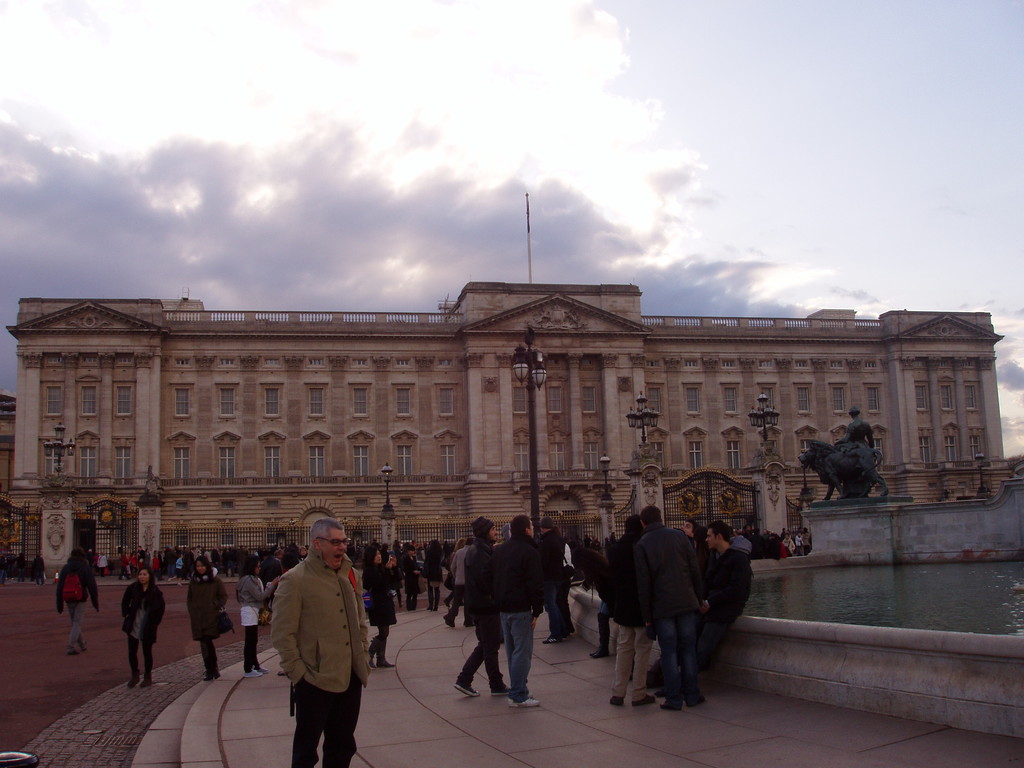
The cost of entry for this Buckingham Palace visit is £17. 50 for adults, £16 for students and OAPs, £10 for under 17s, and free for under 5s. If you also want to visit the Royal Garages and the Queen's Gallery, the entry fee will cost £31 for adults, £28. 25 for students and OAPs, £17. 50 for under 17s, and free (again) for under 5s.
Opening hours for visits to Buckingham Palace are from 9:45am to 6pm, with last admission at 3:45pm. Entrance to the Queen's Gallery is divided into a grouping system, which allows entry at intervals of every 15 minutes throughout the day.

To get to Buckingham Palace, you can take the Underground or the bus. If you choose to take the Underground, it would be best to alight at Green Park (this station is served by the Jubilee, Piccadilly, and Victoria lines). If you take the bus, you need to catch either the 11, 211, 239, C1 or C10.
Photo gallery
Content available in other languages
- Español: Buckingham Palace
Rate and comment about this place!
Do you know Buckingham Palace? Share your opinion about this place.




























